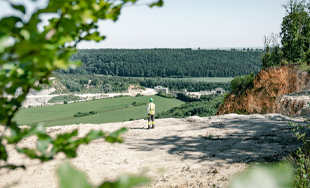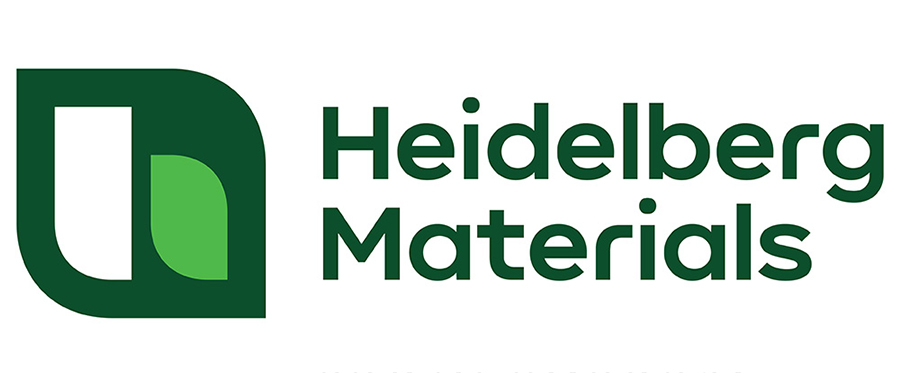Carbon Capture, Utilization and Storage (CCUS)
Reshaping cement & the future of construction materials
Heidelberg Materials is at the forefront of innovation in the cement industry. We've adopted carbon capture storage, a game-changing technology that captures and stores carbon dioxide (CO2) emissions produced during cement production. Instead of releasing these emissions into the environment, they're securely stored underground. This approach not only reduces environmental impact but also offers a more responsible and sustainable path forward for cement manufacturing. Heidelberg Materials is reshaping the industry by addressing its environmental footprint, making meaningful progress toward a cleaner and more sustainable future.
Our North American Leadership
Our investment in Carbon Capture, Utilization and Storage (CCUS) technology at our cement plants in Mitchell and Edmonton positions Heidelberg Materials as an industry leader in sustainability across North America. By integrating this cutting-edge technology into our operations, we will actively reduce our carbon footprint and mitigate greenhouse gas emissions on a significant scale. We are proud to adopt CCUS as a vital tool in our quest for Net Zero carbon emissions and to pave the way for a more sustainable future in construction materials.
What is Carbon Capture, Utilization, and Storage?
Carbon capture technology in the cement industry is a method used to reduce the amount of carbon dioxide (CO2) emissions released into the atmosphere during the process of making cement. Cement production is a significant source of CO2 emissions, which contribute to climate change.
Here's how carbon capture technology works in this context:
Capture: Within cement plants, special equipment is installed to capture the CO2 emissions as they are generated during the production of cement. This equipment can be designed in different ways, but its main purpose is to separate the CO2 from other gases.
Separation: The captured CO2 is separated from other gases and impurities, much like a filter or a sieve separates different-sized particles. This step ensures that only the CO2 is collected.
Compression: After separation, the CO2 is compressed to turn it into a liquid form. This makes it easier to transport and store.
Transport and Storage: The captured and compressed CO2 is then transported to a suitable location. Typically, it's stored deep underground in geological formations like depleted oil and gas reservoirs or saline aquifers. These locations are chosen because they can securely contain the CO2 without it escaping into the atmosphere.
Utilization: In some cases, the captured CO2 can be used for other purposes, such as in industrial processes or to produce carbonated beverages. This is known as carbon capture and utilization (CCU) and provides an additional benefit by reducing the need to release more CO2 into the atmosphere.
By implementing carbon capture technology, the cement industry can significantly reduce its greenhouse gas emissions, helping to mitigate climate change. It's an important step towards decarbonizing energy-intensive industries, including cement production.

Sustainability Commitments
At Heidelberg Materials, we believe in taking action to preserve our planet. Our CCUS projects are industry game-changers, demonstrating our commitment to innovation in sustainable practices and environmental stewardship. By capturing and storing vast amounts of CO2, we're making significant strides in reducing greenhouse gas emissions and paving the way for a greener future.
Our CCUS projects in Edmonton and Mitchell will contribute to Heidelberg Materials’ vision to lead the decarbonization of the cement industry. Actively contributing to the development of the new 1.5°C framework, Heidelberg Materials was the first company in the cement sector to have its targets endorsed by the Science Based Targets Initiative (SBTi) in 2019.
Learn more about Heidelberg Materials Sustainability Commitments
.jpg?sfvrsn=a005f0dd_1)
Career Opportunities
Interested in jobs at Heidelberg Materials? Click here to view our open positions.


.jpg?sfvrsn=fe786d32_0)
9f68e851a5044aaa9b71fbcffd766e8c.png?sfvrsn=c16ca277_0)
.jpg?sfvrsn=ee5680c2_2)